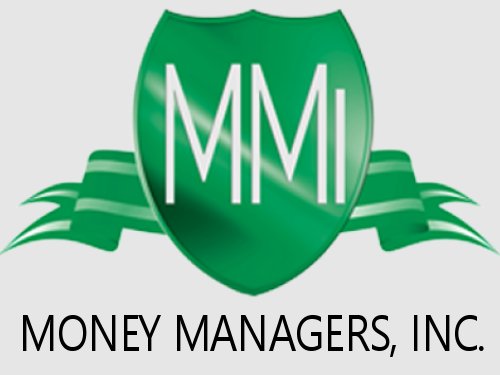Dear Fellow Taxpayer,
You may be wondering: what has the Troubled Asset Relief Program really accomplished? How was the first half of the TARP money spent? Where will the second half go? It’s time for a quick peek at TARP past, present and future.
Where the money went. Approximately $90 billion of the first $350 billion in TARP money has gone simply to two banks: Citigroup and Bank of America. They are just two of the 200+ thrifts who have received $191 billion total from the program.1 (The full list of banks participating in TARP – and the TARP amounts – can be found at online.wsj.com/public/resources/documents/st_BANKMONEY_20081027.html.)
The Treasury tried to structure the TARP investments in the taxpayer’s favor. Each financial institution that got TARP funds must pay a dividend equal to 5% of the Treasury investment for the first five years, and 9% in subsequent years. The preferred bank shares the Treasury bought through TARP have “perpetual life”: they never reach maturity, and participating banks can redeem them at any time after three years.2
Among other notable loans and purchases, the Treasury also used TARP funds to buy $5 billion in preferred stock from GMAC, devoted $18.4 billion on the auto industry bailout, and used $40 billion to buy preferred stock in AIG.2
The unimpressive result (so far). TARP funds may have saved some of these banks from failing; bank stocks, however, including Citigroup and BofA stocks, have weighed down the market this month. The common stock of the major banks tracked by the Dow Jones Wilshire U.S. Banks Index lost about $287 billion in value from January 2-21 – about 43%.3 (Want to see how shares of the biggest banks TARP invested in were doing as of 1/21/09? Go to fool.com/investing/general/2009/01/21/return-of-the-tarp.aspx.)
The Congressional Budget Office has determined that the mark-to-market value of the $247 billion in TARP funds spent in 2008 totaled about $183 billion, essentially resulting in a $64 billion federal subsidy.4
What about the next phase? President Barack Obama intends to devote $50 billion to $100 billion in TARP monies to a strong counterattack on America’s foreclosure problem.5 But that probably won’t be the only new wrinkle in the TARP. His selection for Treasury Secretary, Tim Geithner, told the Senate that the program needs “serious reform”. FDIC chair Sheila Bair and outgoing Treasury Secretary Henry Paulson have both brought up an audacious new idea for TARP, one with some controversy attached.
Should the government create a “bad bank”? There is now talk of creating an “aggregator bank” with the $350 billion left in the program. The idea is that this “aggregator bank” could buy up billions in toxic assets that keep undermining bank capital. (Memories of the Resolution Trust Corporation come to mind.) The upside to the idea: if it works, banks could lend with less fear and more comfort. The downside to the idea: it sure would be rough on shareholders.
In mid-January, one analyst at brokerage Keefe Bruyette & Woods forecast that the total cost of buying up or guaranteeing the troubled assets in the U.S. banking industry might reach $3.5 trillion, pushing the accumulated costs of TARP close to $9 trillion.6
Should the government run banks? That’s another issue. The “n” word is starting to come up – nationalization, a word heard most often in Europe. That means the federal government would take over – own and directly control – certain banks. (The governments of Ireland and Great Britain have recently nationalized large chunks of their financial systems.) Nationalizing banks would be an extraordinary step. In the eyes of some, it would be a step toward socialism. In the eyes of others, it would be a necessary step for getting out of the banking crisis. No one is sure just how much command of the banking industry the government will take in 2009, but stay tuned, for TARP may enter an interesting new phase in the next few weeks.
Sincerely yours,
Marc Aarons
Money Managers, Inc.
Citations.
1 forbes.com/2009/01/21/tarp-banking-treasury-biz-wall-cx_lm_0121tarp.html [1/21/09]
2 cbo.gov/ftpdocs/99xx/doc9961/01-16-TARP.pdf [1/16/08]
3 alternet.org/workplace/121546/the_bailout:_tarp_failing,_next_step_unclear/ [1/21/09]
4 portfolio.com/views/blogs/market-movers/2009/01/17/tarp-datapoint-of-the-day [1/17/09]
5 online.wsj.com/article/SB123205759811587287.html [1/16/09]
These are the views of Money Managers, Inc., not the Marc Aarons nor Broker/Dealer, and should not be construed as investment advice.

Comments are closed